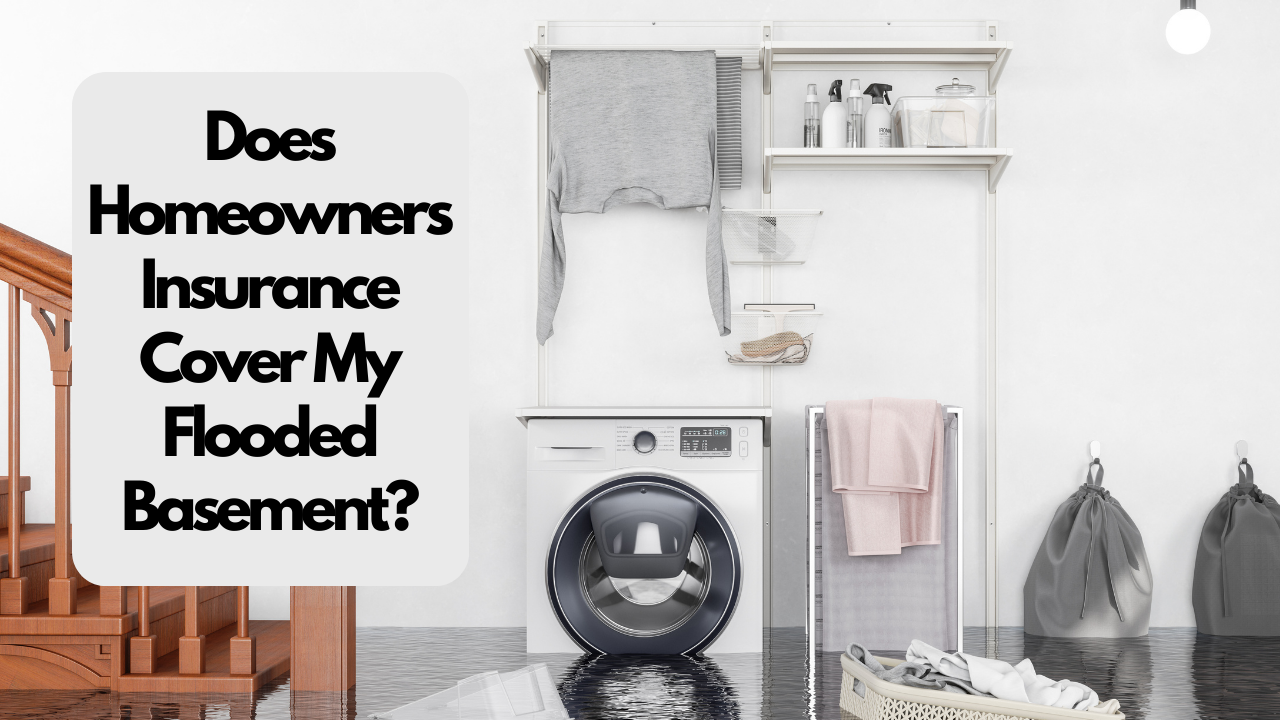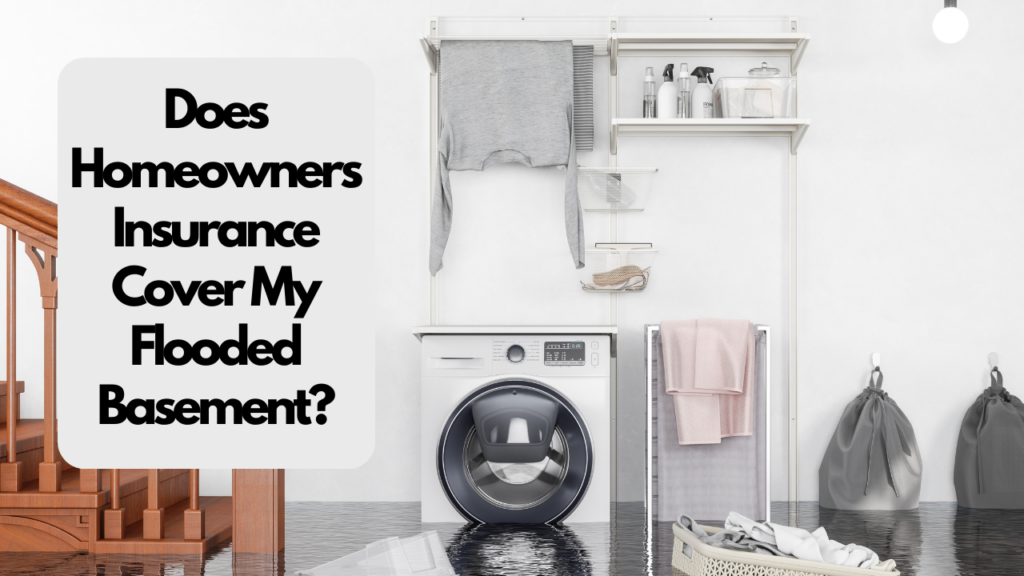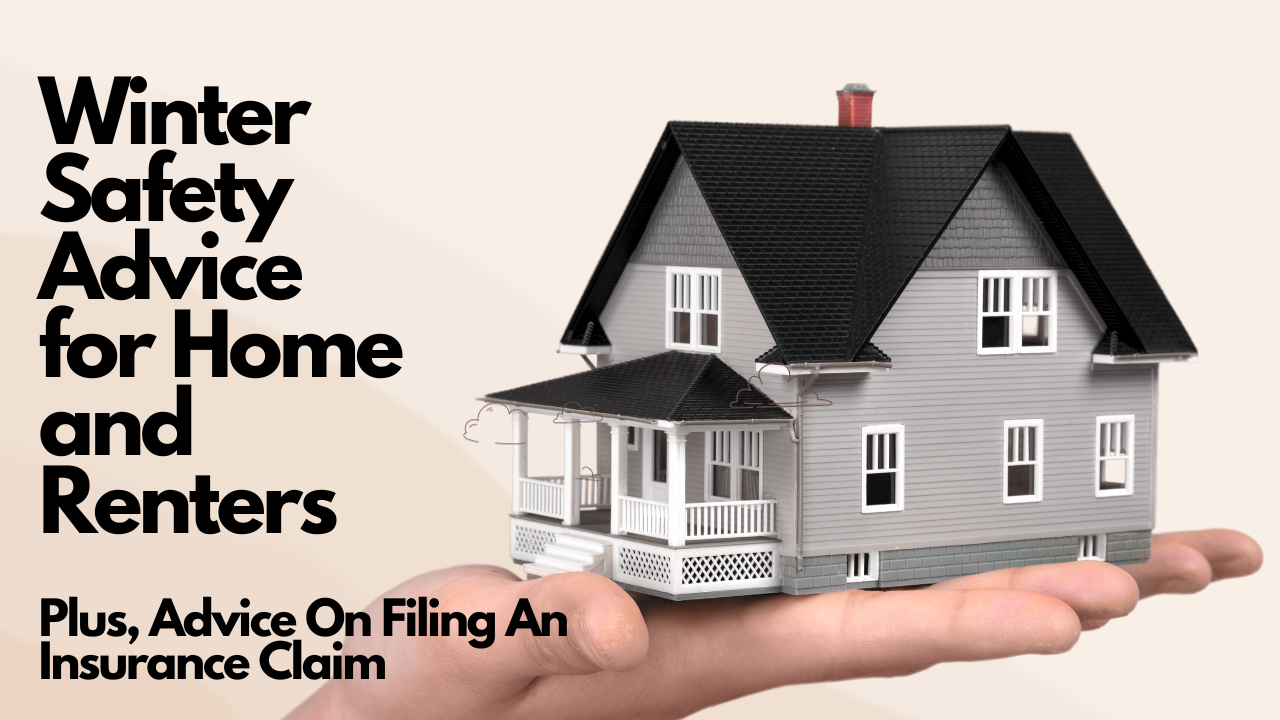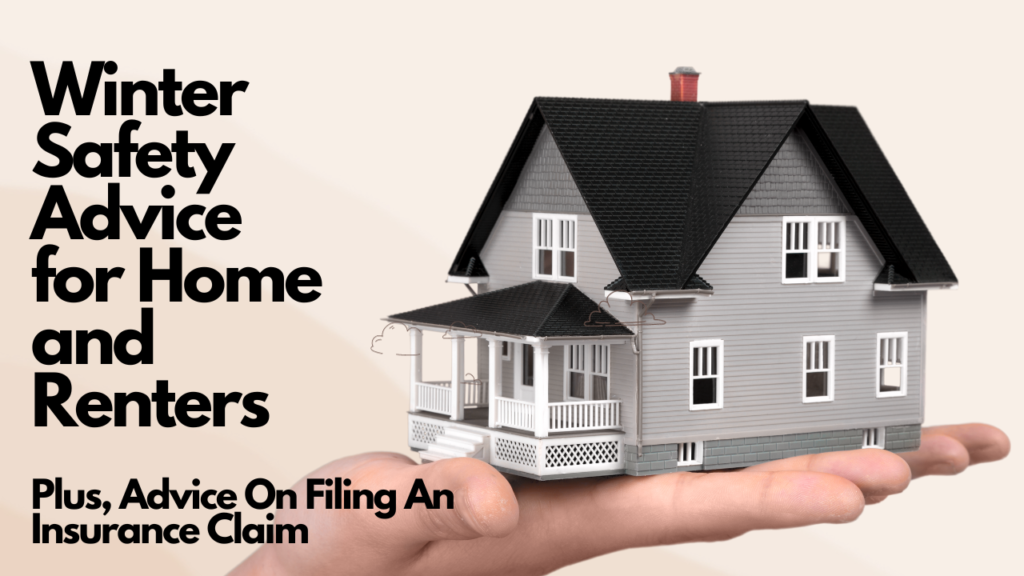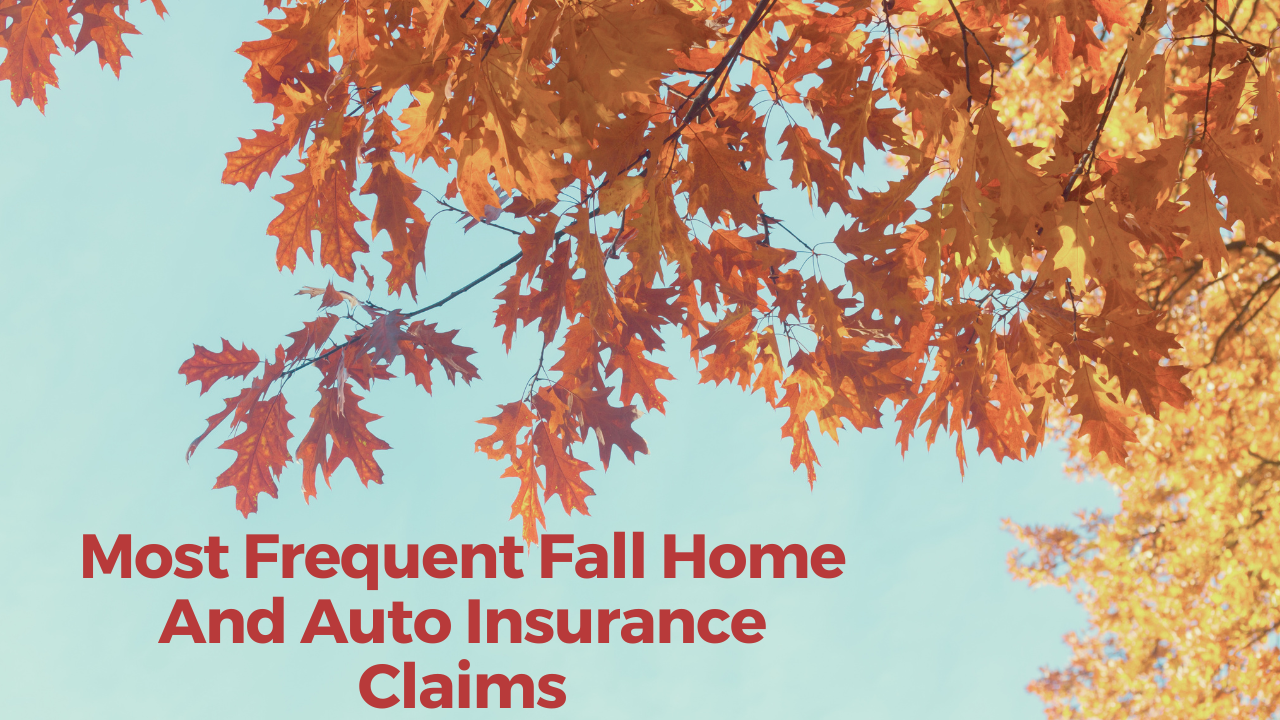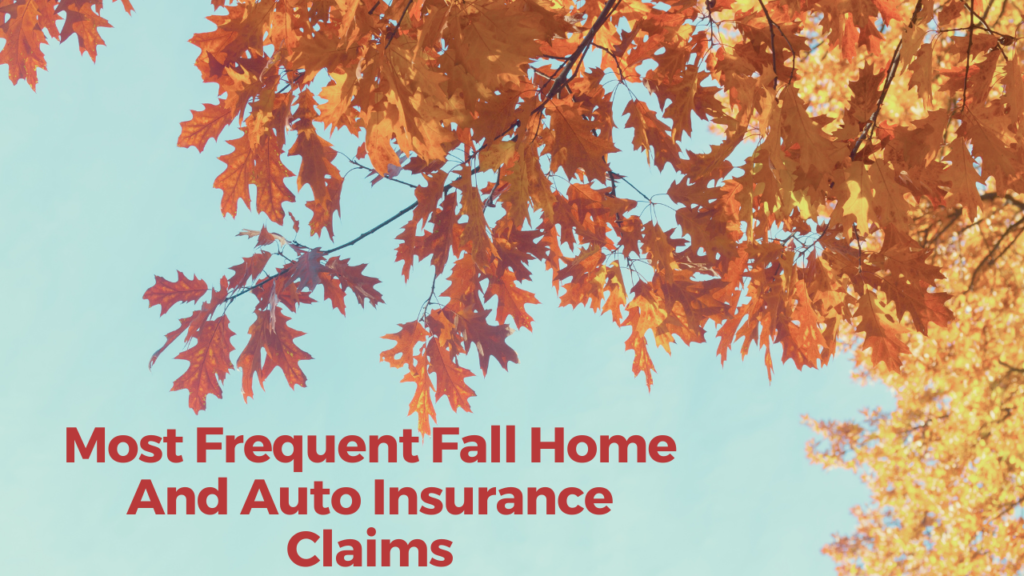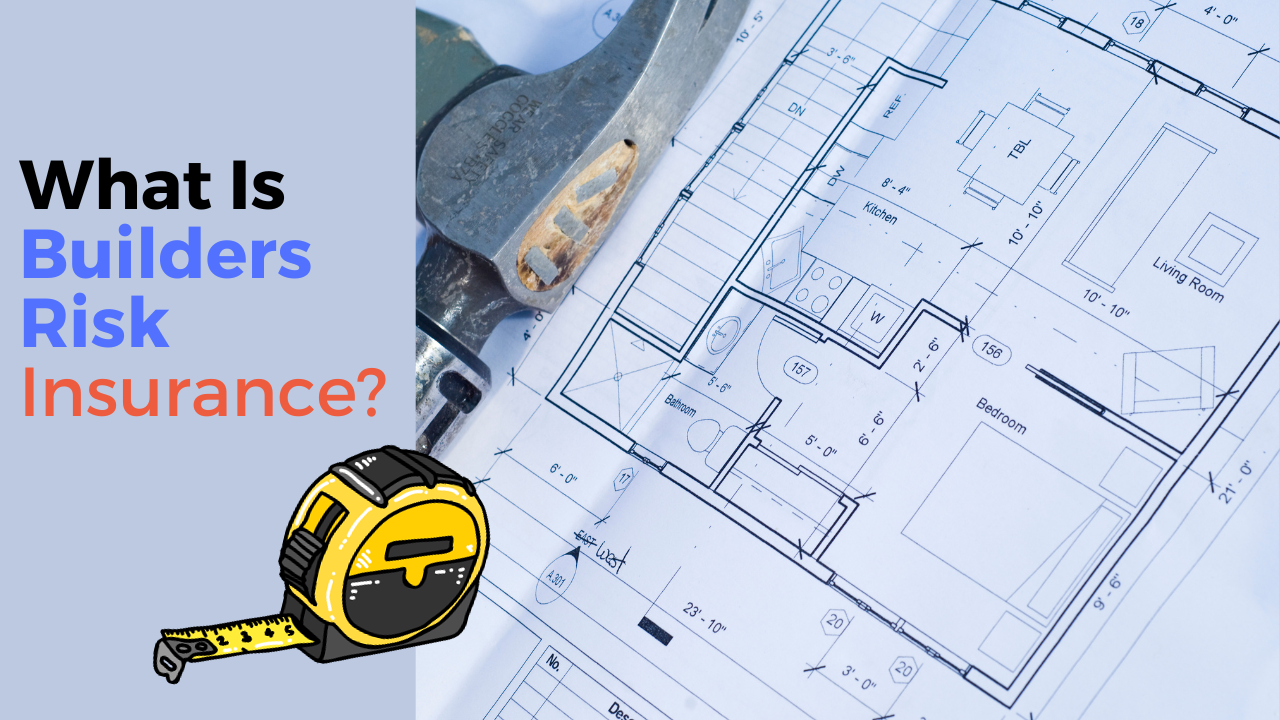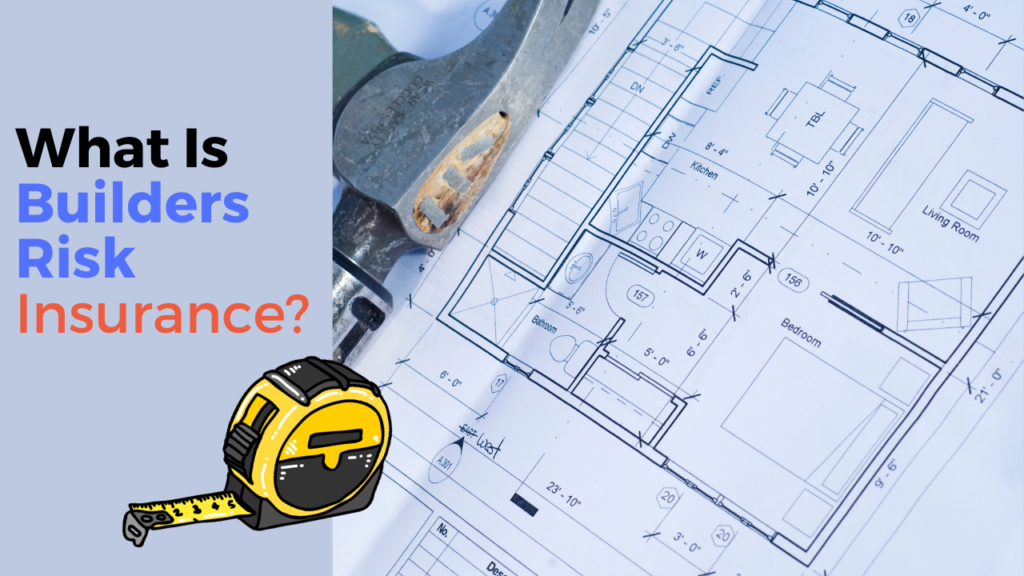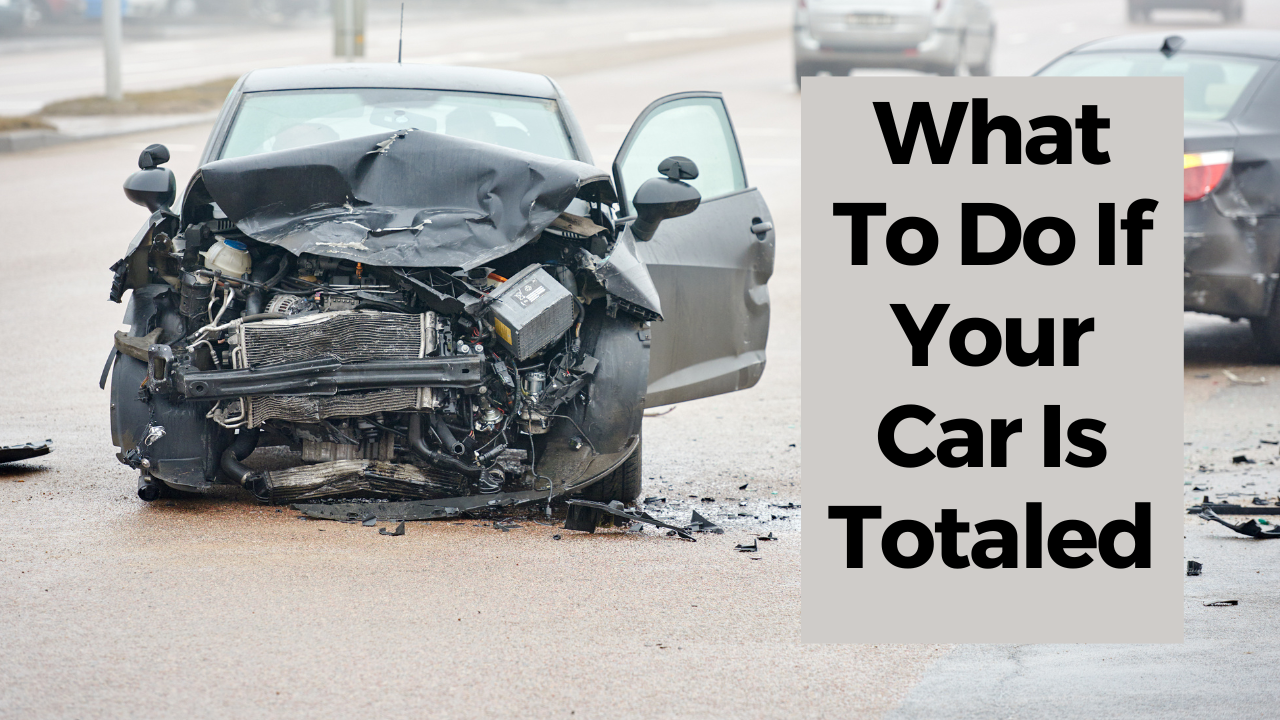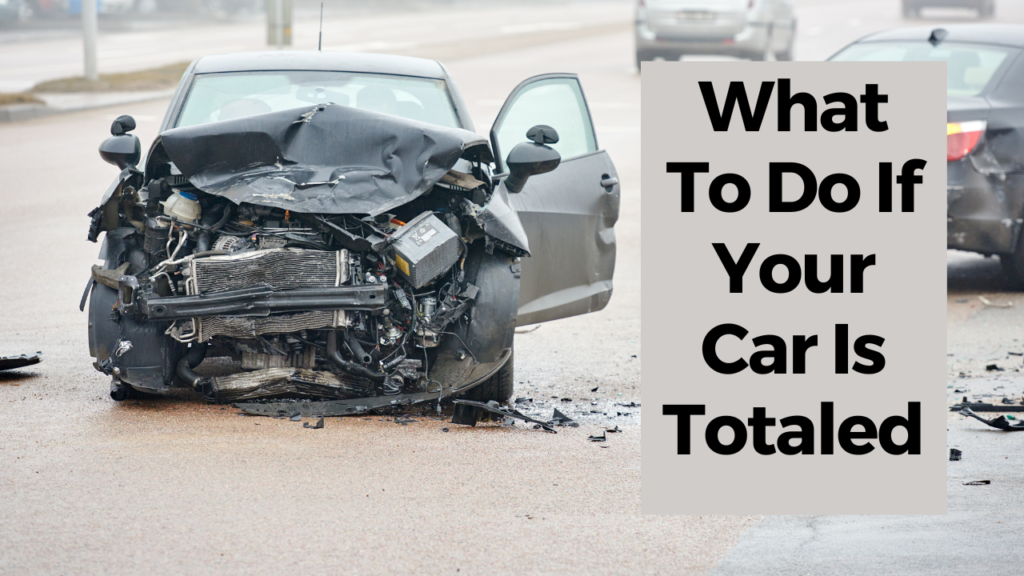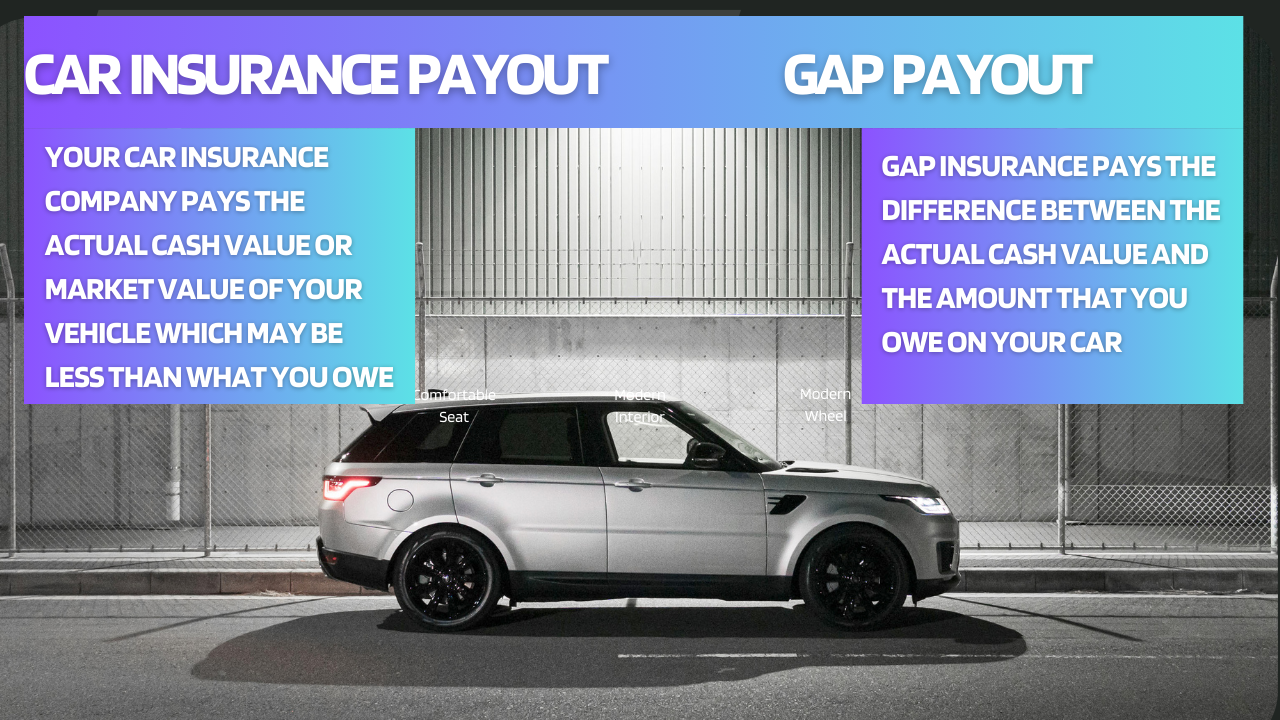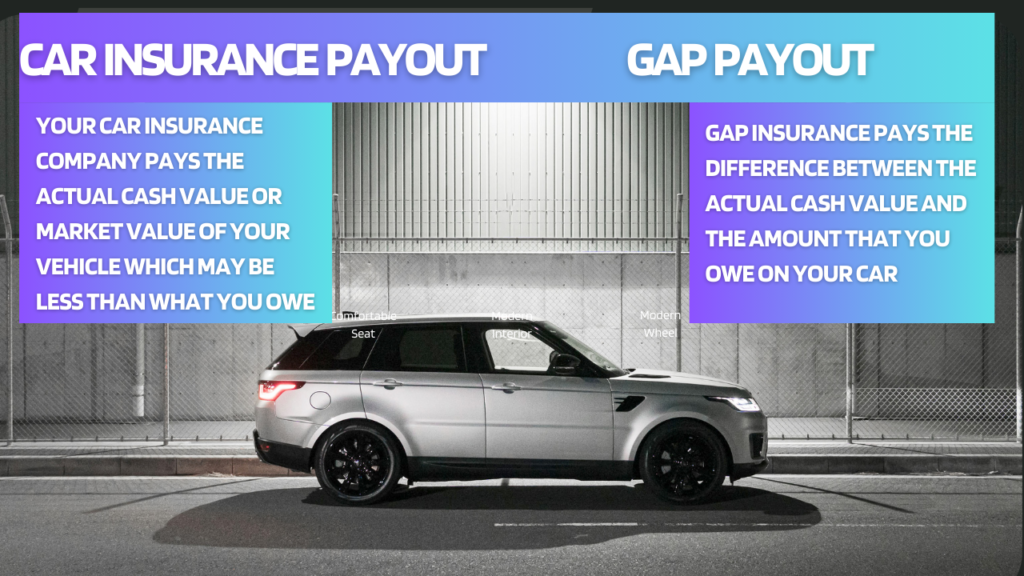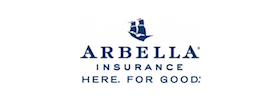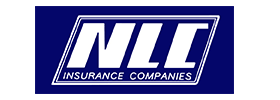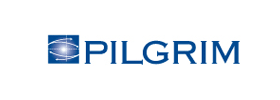Umbrella Insurance: What It Is, And Do I Need It?
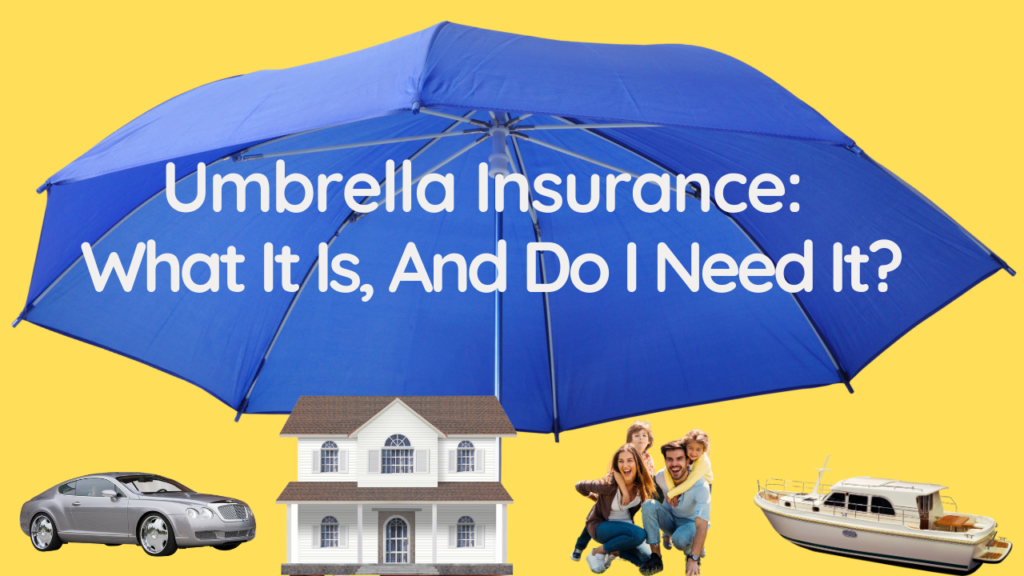
What Is Umbrella Insurance?
It offers additional liability coverage for injuries, property damages, and lawsuits that exceed your primary insurance limits. While some may decline the coverage to save money, the cost of a potential accident could be far greater. At Vargas & Vargas Insurance, we can help determine if umbrella insurance is right for you.
Who Nees To Consider An Umbrella Insurance Policy?
If you have active auto and home/renters/condo insurance policies, it’s worth considering an umbrella policy because it’s affordable and can protect you from unexpected expenses if a claim exceeds your existing insurance limits.
Those with additional exposures, such as:
Anyone with a pool
Boat owners
Anyone with a Dog
Owners of snowmibiles
Any household with youthful or inexperienced drivers,
Investment properties owners
Membership on boards or volunteer groups
If you have significant savings and assets
When Should You Consider Umbrella Coverage?
Umbrella coverage is designed to provide additional protection beyond the limits of your primary insurance policies, such as home, renters, condo, and auto insurance. While these policies provide essential coverage for most everyday risks, they may not be sufficient in more severe cases. For example, if you are involved in a car accident that results in severe injuries or fatalities, the cost of medical expenses, legal fees, and damages could quickly exceed your auto insurance limit. In cases like this, umbrella coverage can help cover the remaining costs
Similarly, if your dog bites someone, causing injury, your primary insurance may not cover the full amount of damages. Or, if someone gets injured or drowns in your pool, you may be held liable for the damages, even if you weren’t directly involved in the incident. In these cases, umbrella insurance can provide additional protection beyond your primary insurance policy limits.
Other situations that may warrant umbrella coverage include injuries sustained on your property, such as when a child is injured on your trampoline or playset, or if someone is injured while using your watercraft. Additionally, umbrella coverage can protect you from personal injury claims, such as when someone alleges that you spoke or published something false or negative about them.
Overall, umbrella coverage can provide peace of mind by providing additional protection beyond your primary insurance policy limits. At Vargas & Vargas Insurance, we can help assess your insurance needs and determine if umbrella coverage is right for you.
How Much Does It Cost?
The cost of personal liability umbrella policies varies depending on factors such as the number of properties, autos, watercraft/snowmobiles, and driver history. A $1 million policy typically costs between $160 and $300 per year. As policy limits increase beyond $1 million, premium costs increase in smaller increments. For example, a $2 million policy may only cost 1.8 times the cost of a $1 million policy, while a $10 million policy might cost 8.9 times the cost of a $1 million policy.
How Do You Know How Much Umbrella Insurance To Buy?
Umbrella insurance offers additional liability coverage for injuries, property damages, and lawsuits beyond primary insurance policies. It’s important to consider umbrella coverage because accidents can happen to anyone, and the cost of damages may exceed primary policy limits. Costs for a $1 million policy range from $160 to $300 per year, with premium costs increasing in smaller increments as policy limits increase. Most clients opt for a $1 million policy, but those with significant assets may want higher limits for added protection. At Vargas & Vargas Insurance, we can help assess your insurance needs and determine if umbrella coverage is right for you.
Who Can Qualify For Umbrella Insurance?
In order to be eligible for an umbrella policy you need both an auto policy and a home/renters/condo policy, and your existing limits on those policies need to meet certain minimum policy limits.
Below are the minimum requirements you need on your underlying insurance to obtain an umbrella policy with many insurance carriers in Massachusetts:
To qualify for an umbrella policy with many insurance carriers in Massachusetts, you need to meet certain minimum limits of liability on your underlying insurance policies.
These minimum limits include $300,000 for personal liability,
$500,000 for business pursuits and rental property,
$50,000 for condominium loss assessment,
$250,000/$500,000 for automotive liability,
$300,000 for watercraft under 32 feet and 50 horsepower,
$500,000 for powerboats under 32 feet with outboard motor from 51 to 150 horsepower,
$500,000 for powerboats and Sailboats.
Your Local Independent Insurance Agency
Vargas & Vargas Insurance has been helping families and businesses with their insurance needs for over 40 years. Reach out for more details on why you may need umbrella insurance coverage. Preparing for worst-case scenarios is essential. If you need help, our team is available at 617-298-0655.





